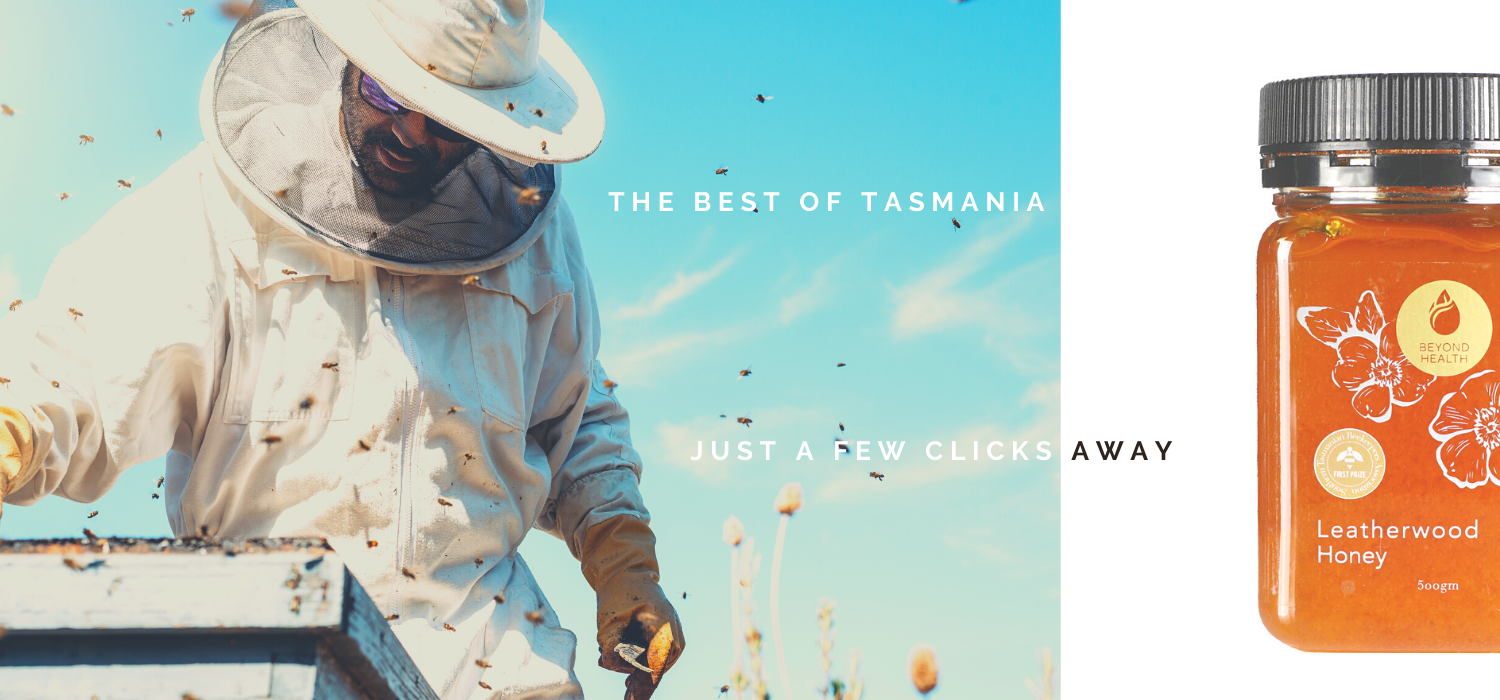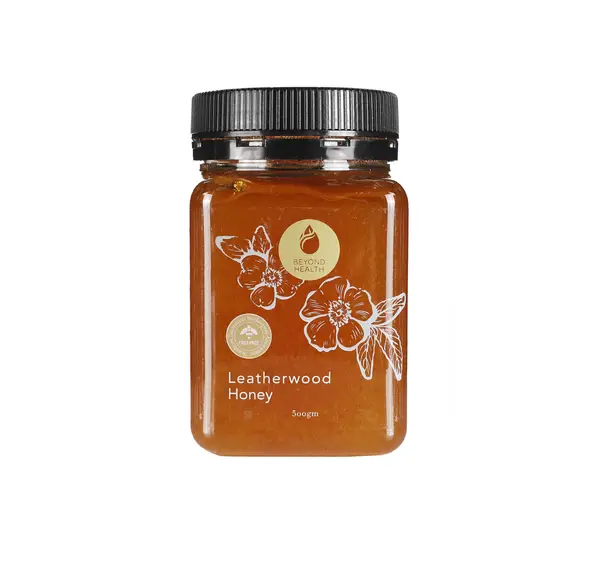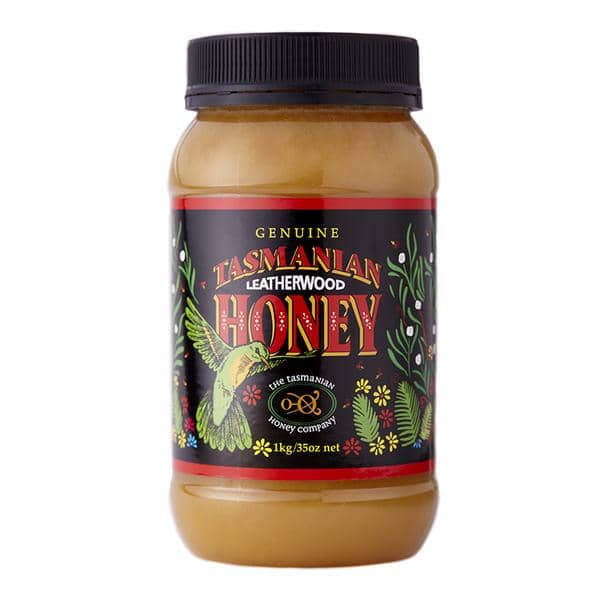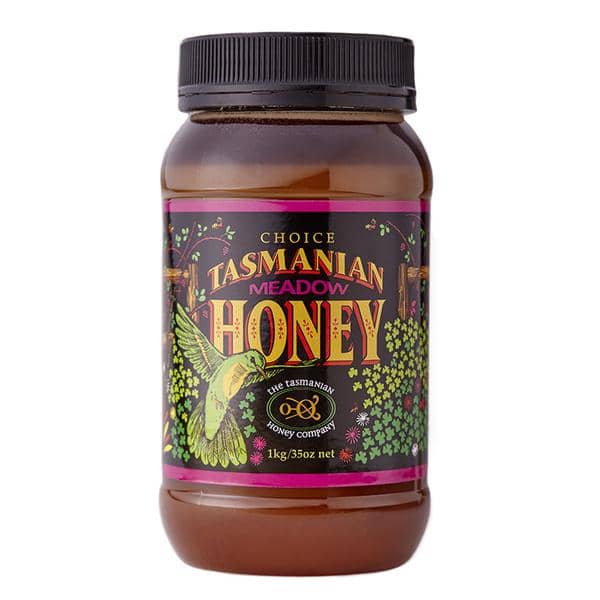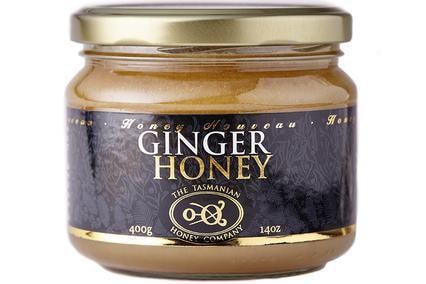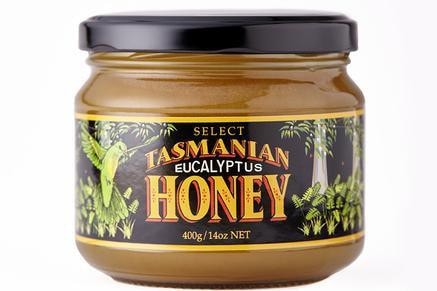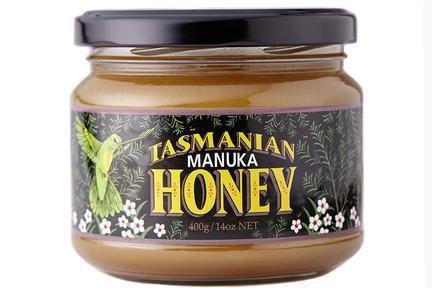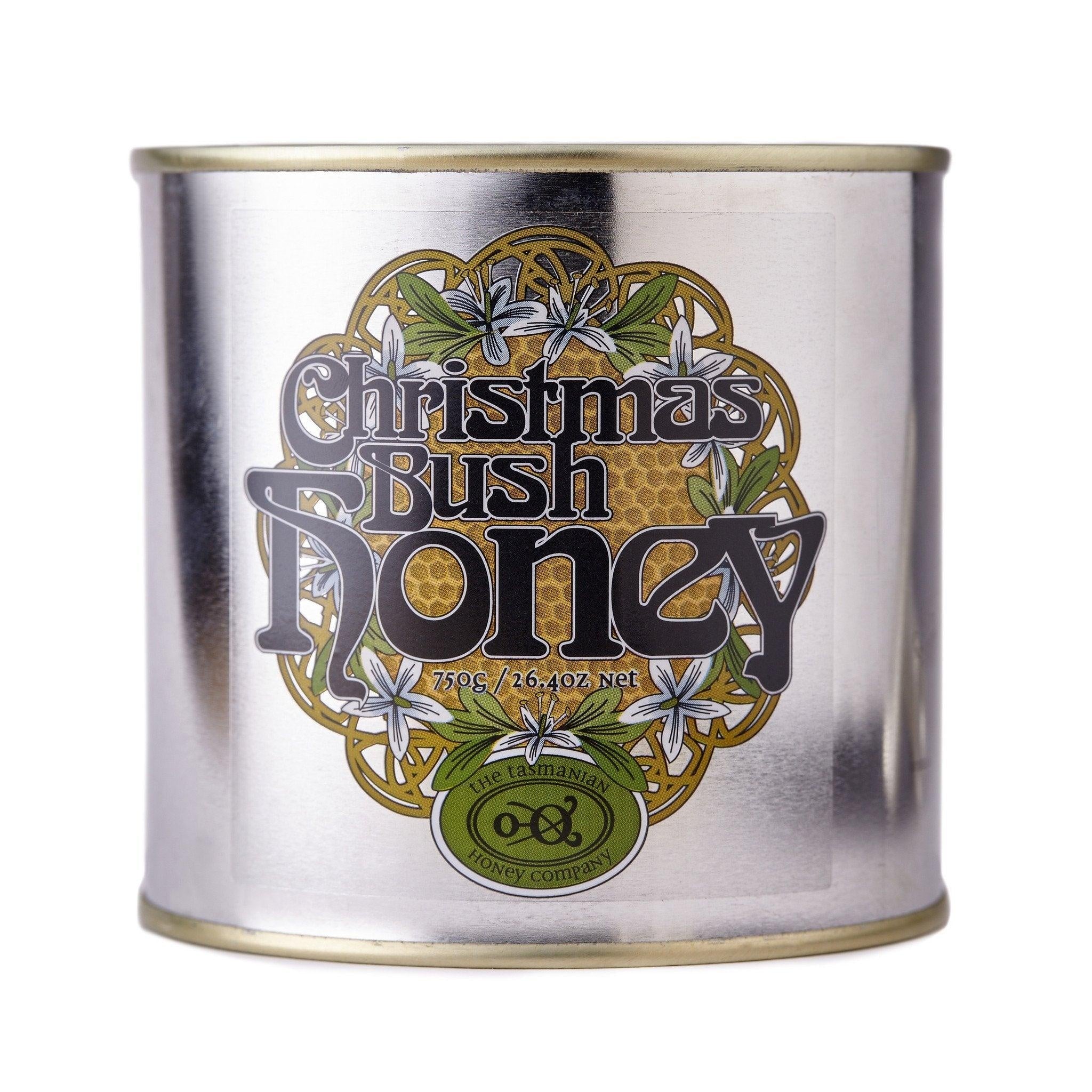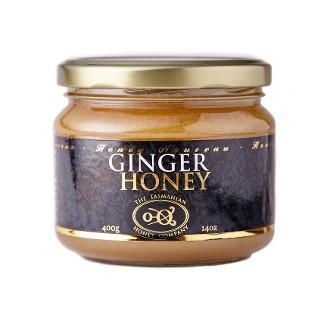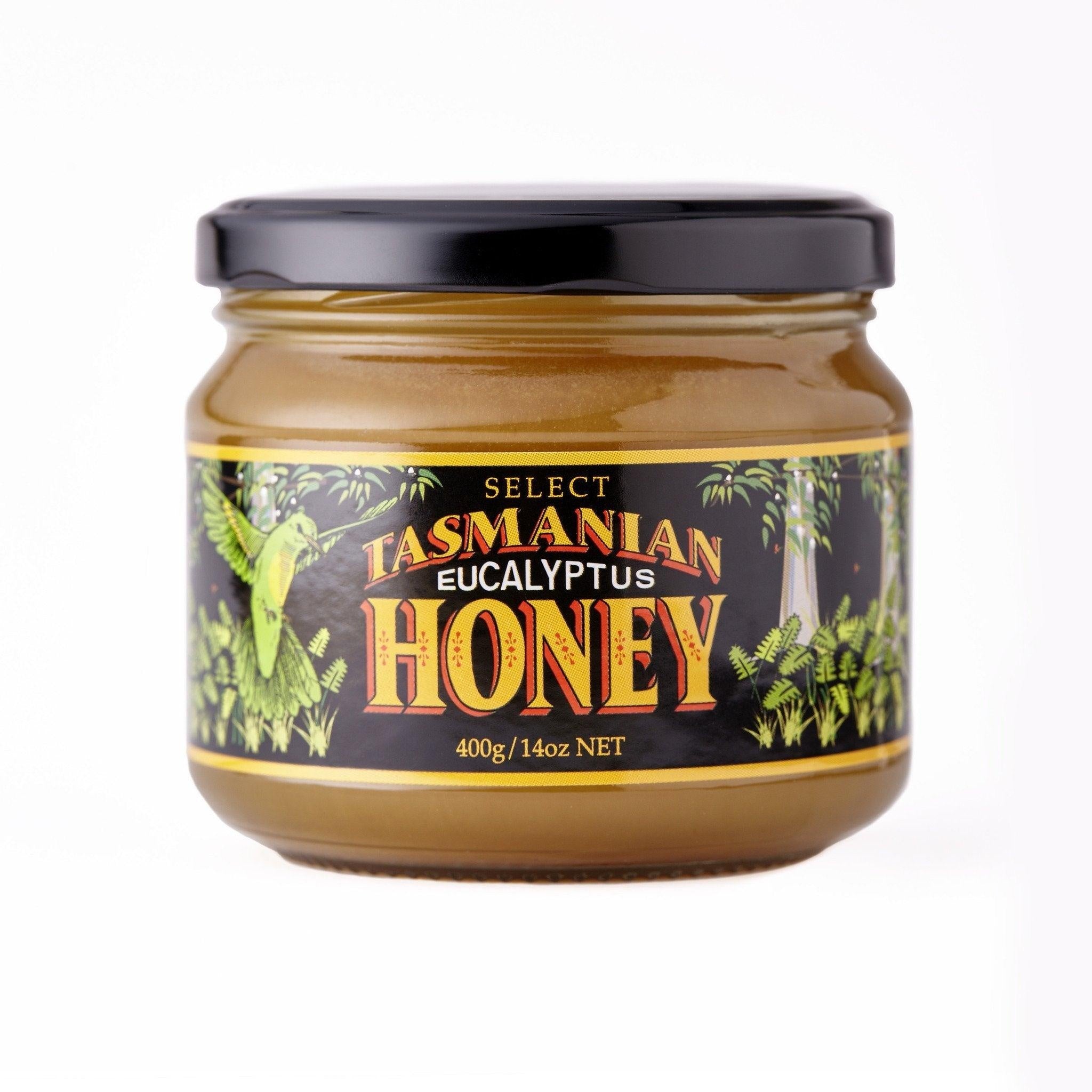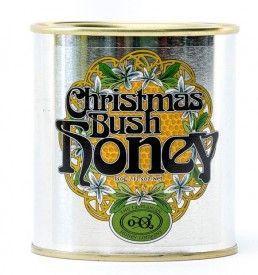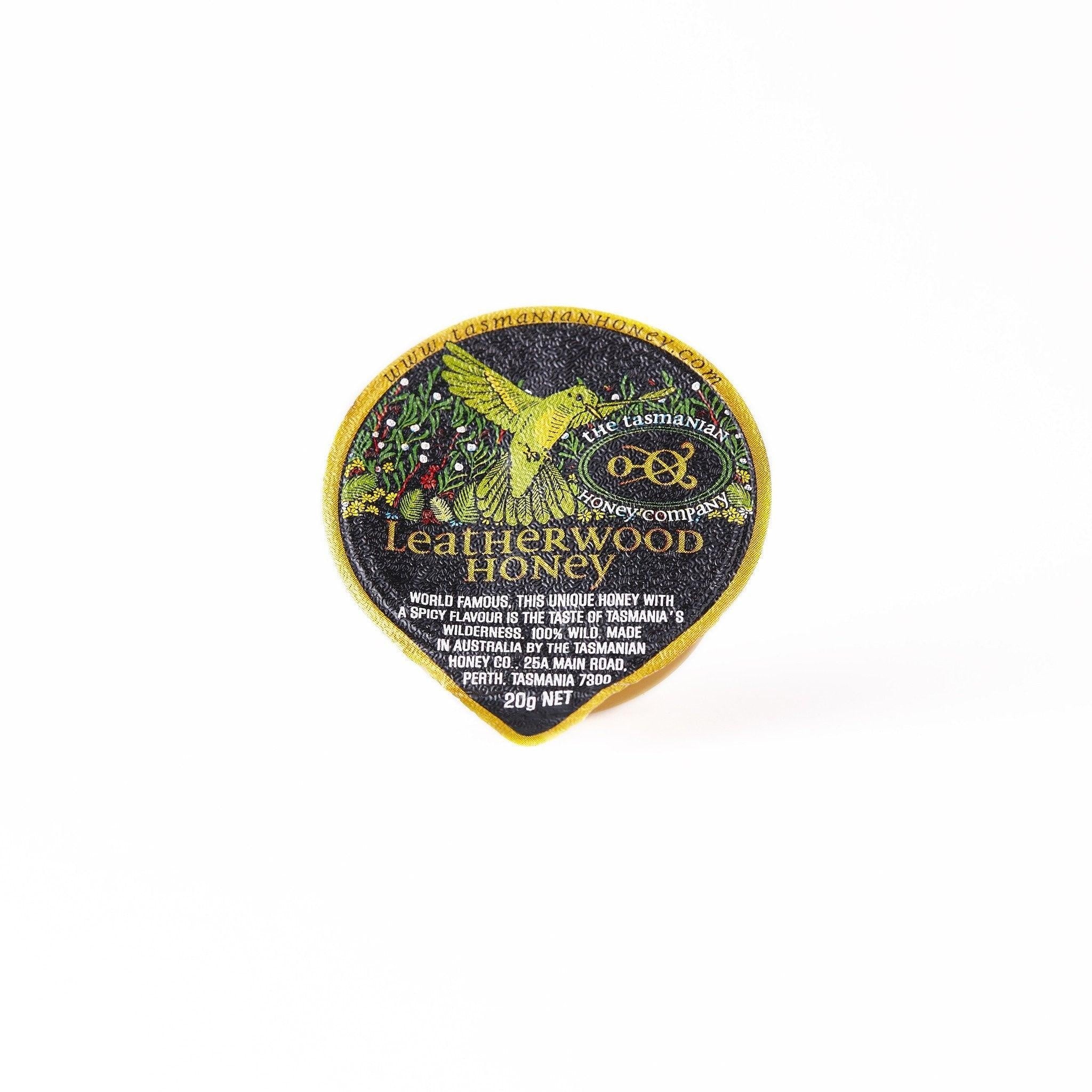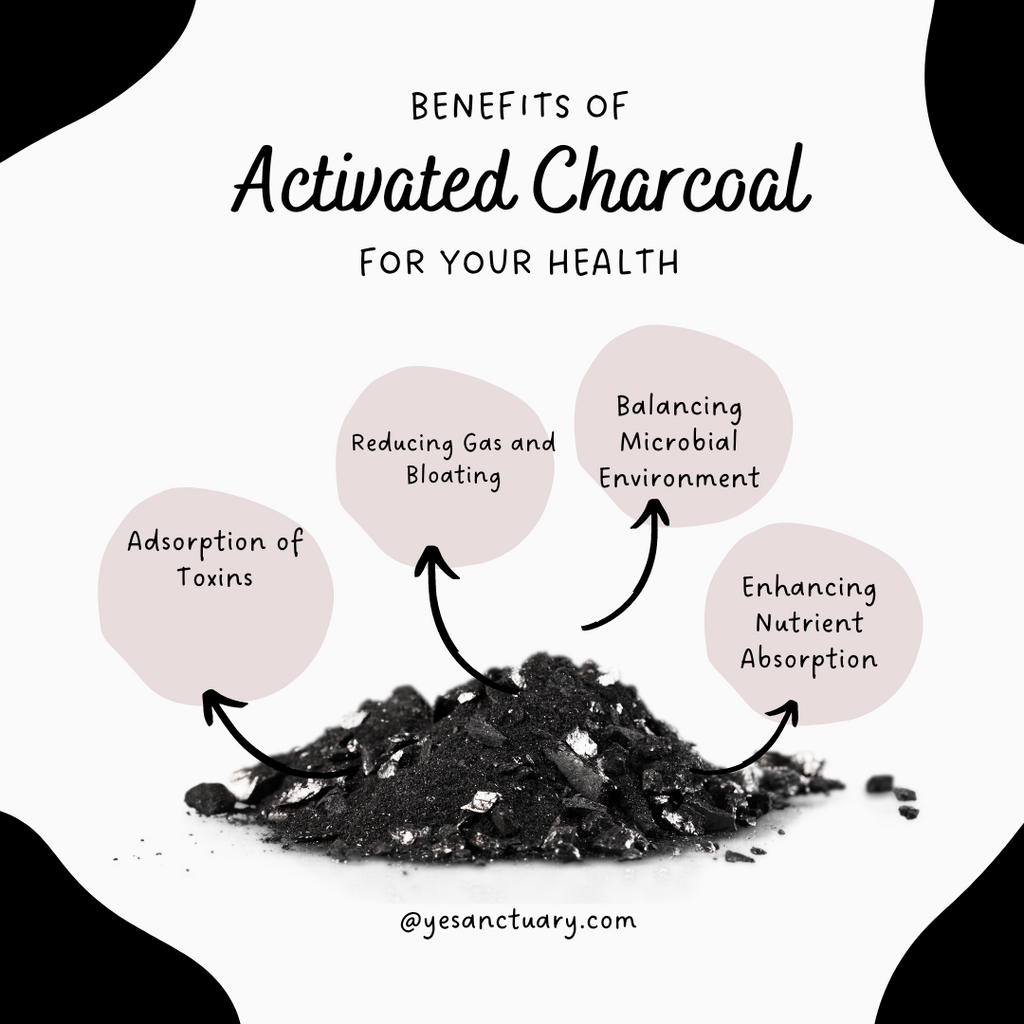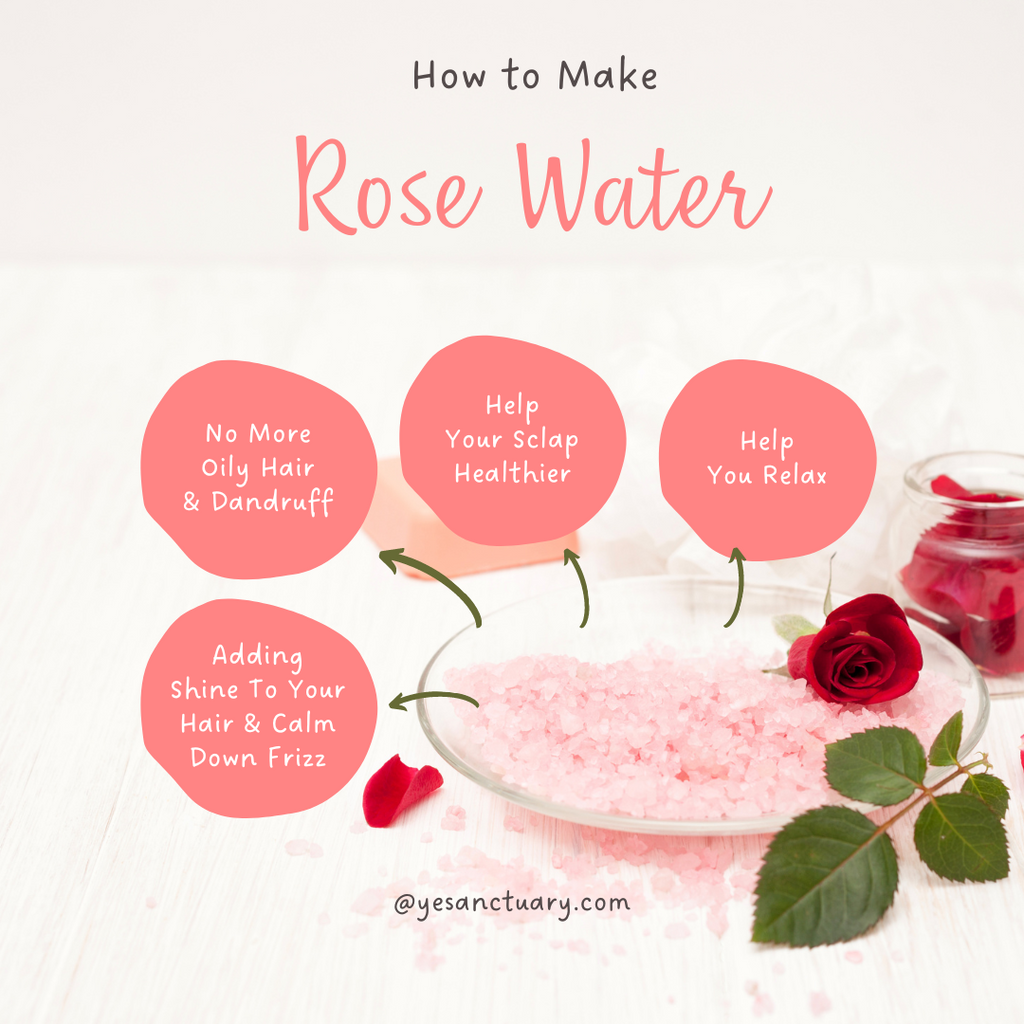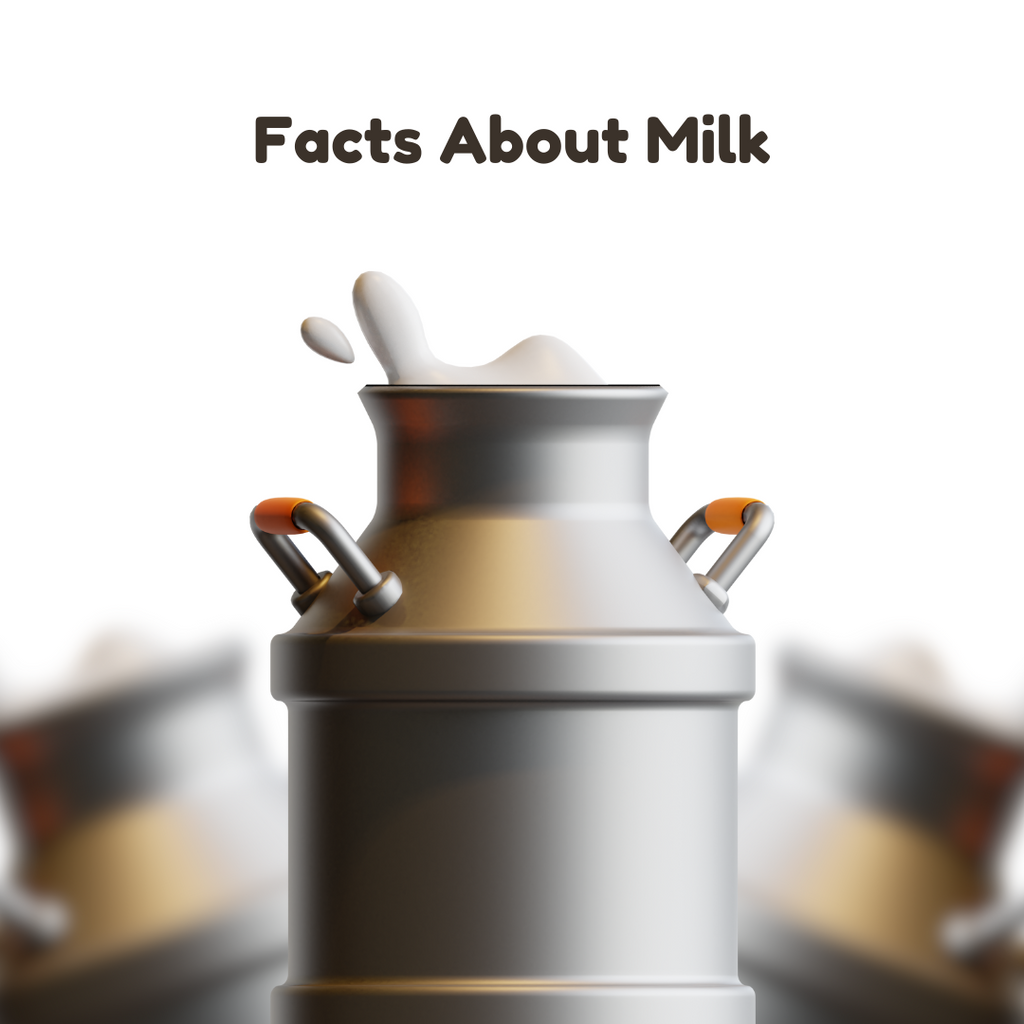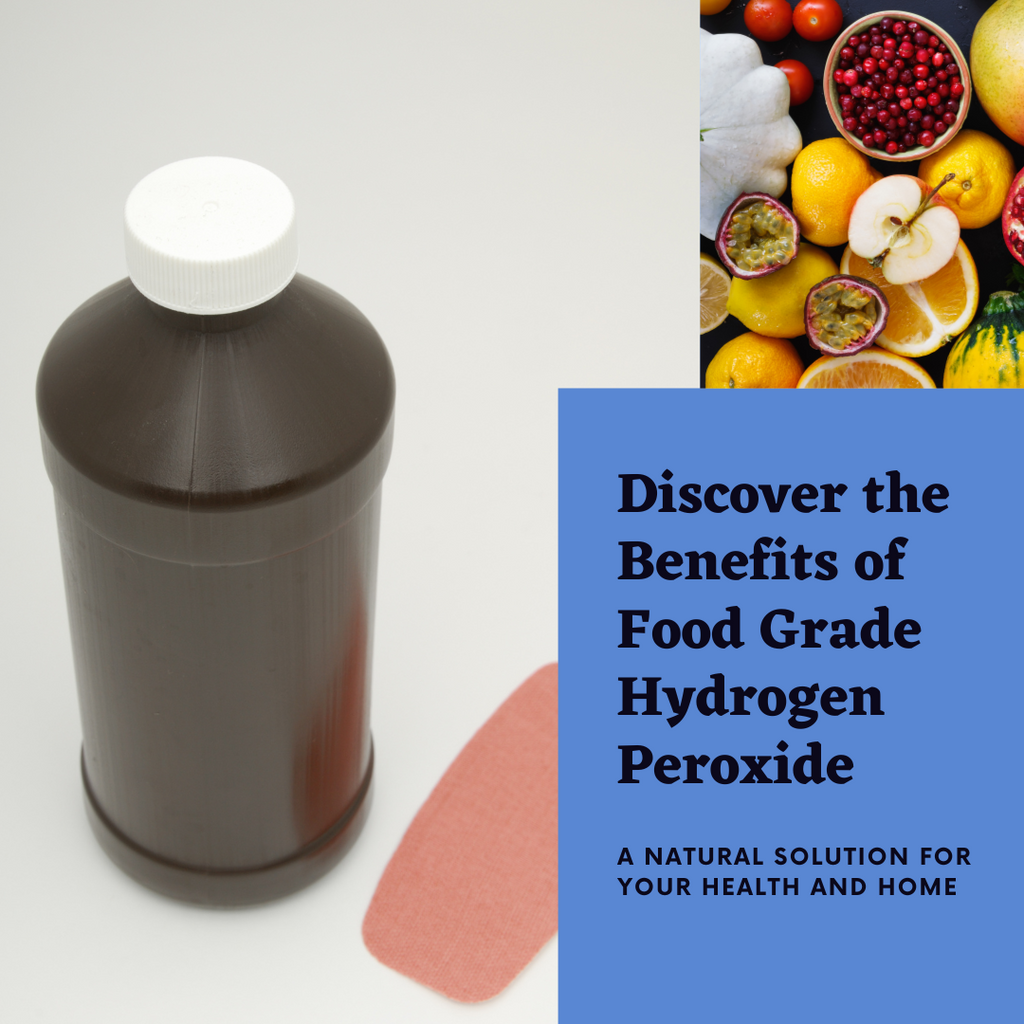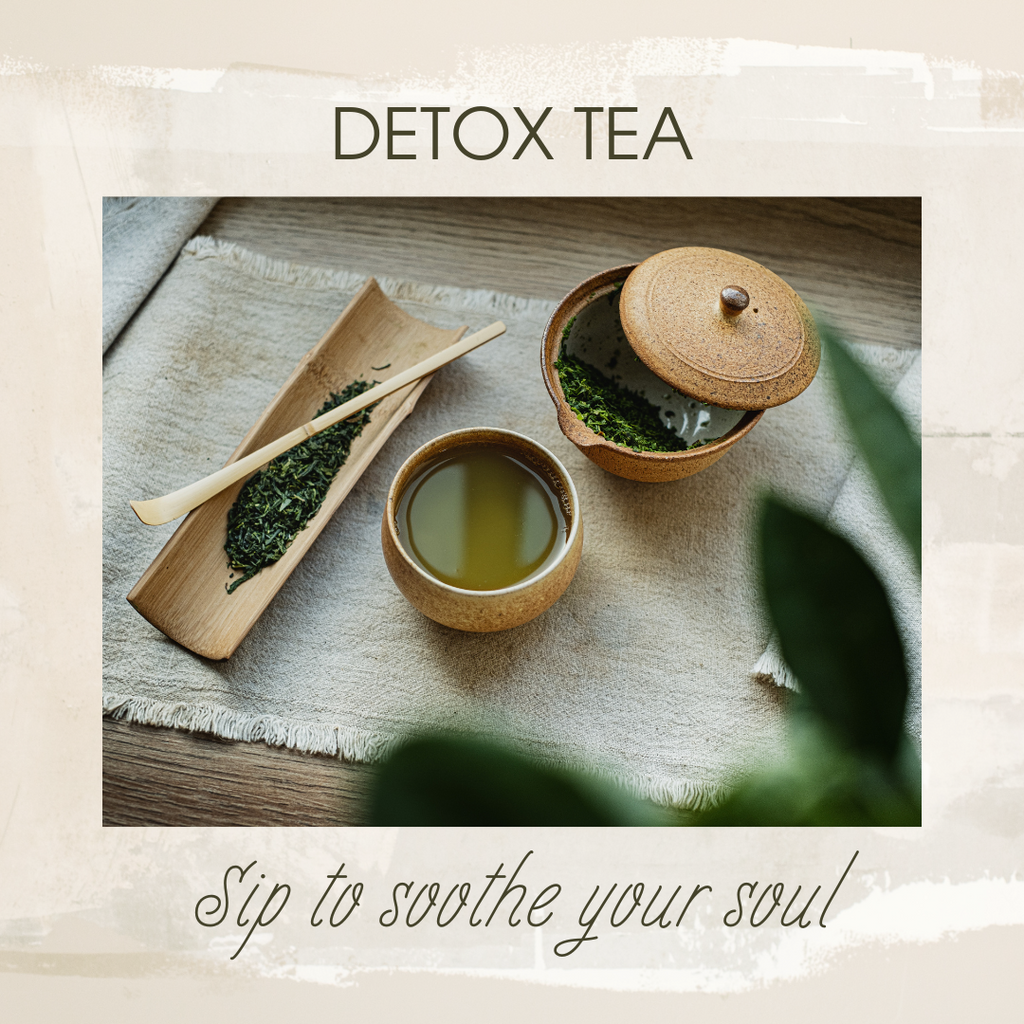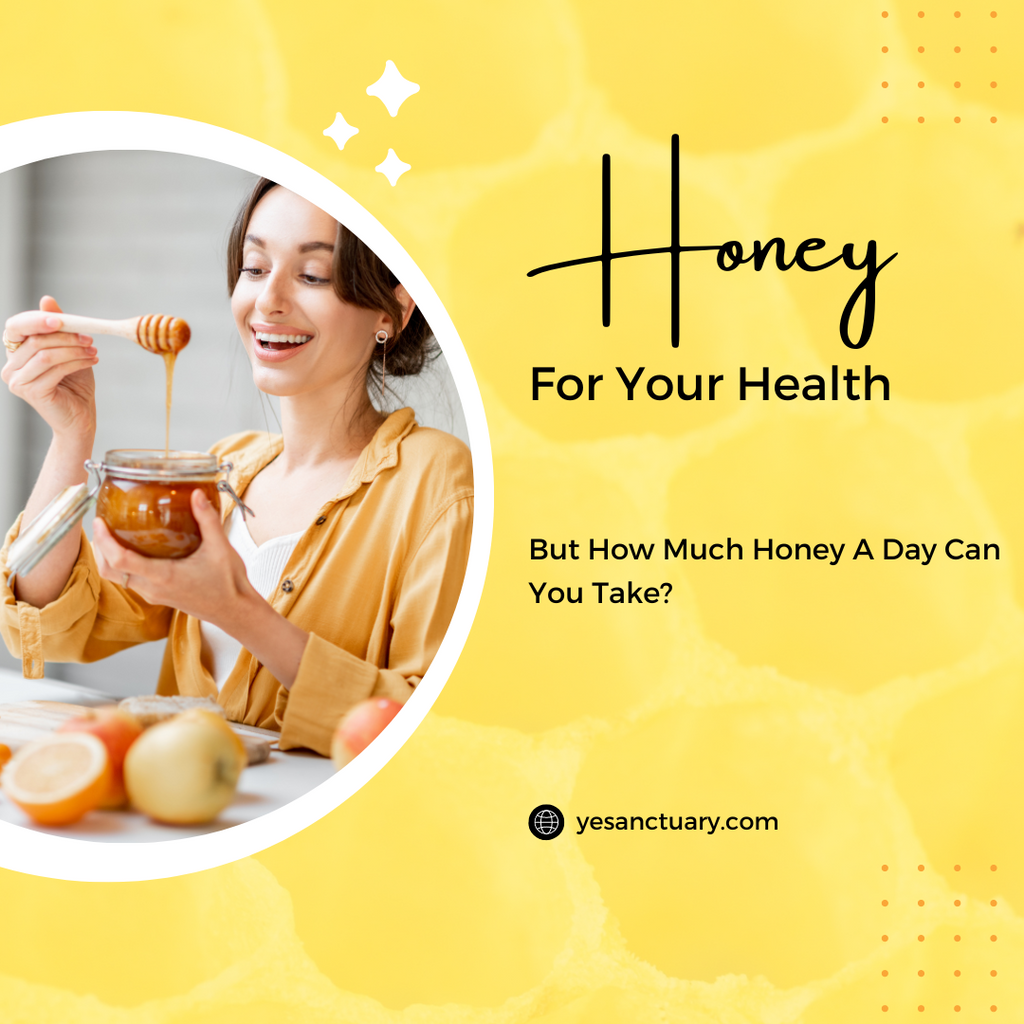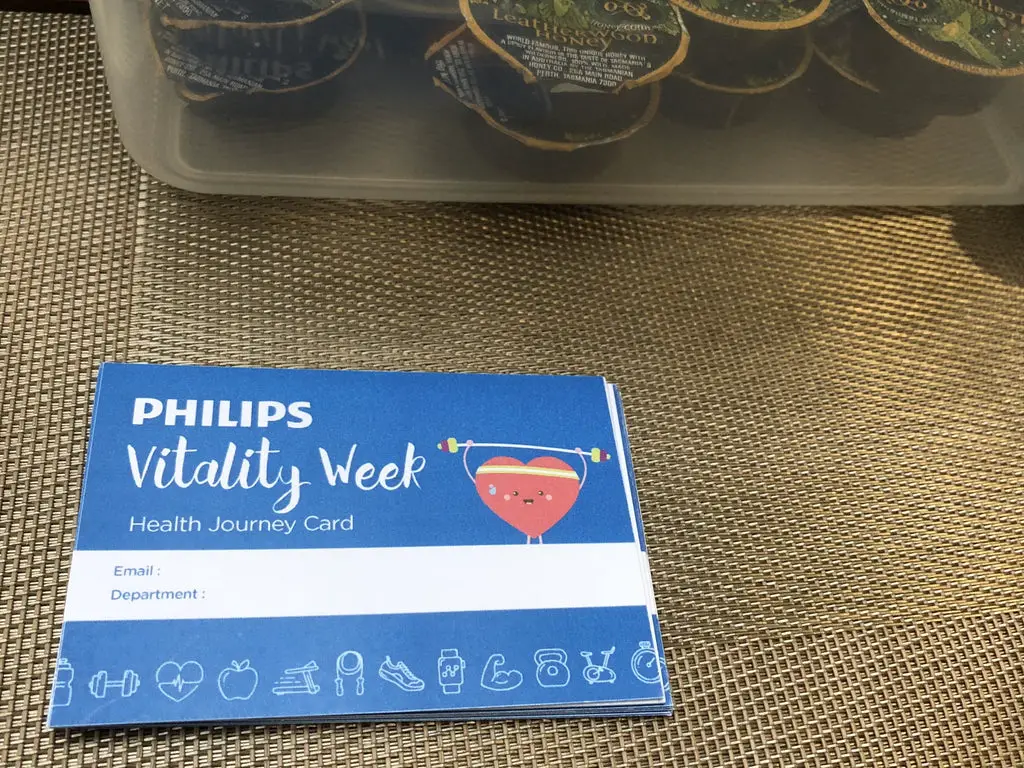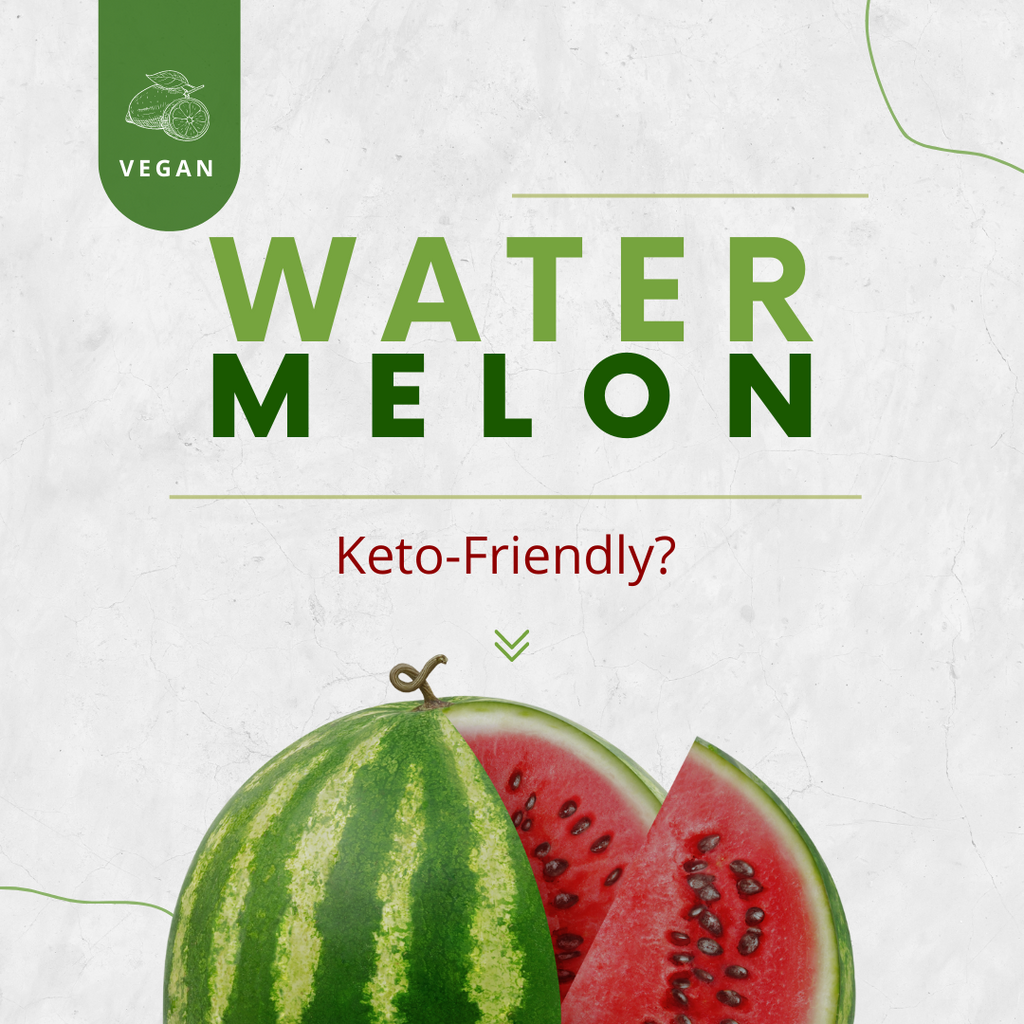Your shopping bag is empty
- My Account Register to start earning points.
Young Earth Sanctuary
Featured Collections
Featured Collections
Collections of different Health Products
Beyond Health Collection
3 ItemsLeatherwood Honey
2 ItemsMeadow Honey
1 ItemGinger Honey
1 ItemEucalyptus
1 ItemManuka Honey
1 ItemHealth Information
Useful Information for Health
Activated Charcoal for Stomach Bug
- Feb 01, 2024
- 0
Dealing with a stomach bug can be a challenging experience, often accompanied by discomfort, nausea, and digestive distress. While traditional remedies like...
How to Make Rose Water
- Jan 18, 2024
- 0
In the realm of holistic well-being, the process of making rose water stands as a testament to the fusion of ideal nutrition,...
Vertigo Exercises
- Jan 06, 2024
- 0
Vertigo, characterized by a spinning sensation or a feeling of dizziness, can significantly impact an individual's daily life and well-being. While vertigo...
Nutrition & Diet
All about Nutrition & Diet for a Healthy Life
Yes Blog
Interesting Knowledge and Facts
How to Make Frozen Honey
- Jul 06, 2023
- 0
How to Make Frozen Honey: A Delicious and Refreshing Treat Introduction Frozen honey has gained popularity as a sweet and refreshing treat...
How Much Honey A Day Can You Take?
- Jun 10, 2023
- 0
How Much Honey Should You Consume Daily for Optimal Health? Introduction Honey has been popular for centuries as a natural sweetener and...
Chinese Honeys
- May 25, 2023
- 0
Chinese Honeys: A Sweet Blend of Tradition and Nutrition Introduction Chinese honeys have been popular for centuries, not only for their natural...
Events
Philips Vitality Week
- Jul 17, 2018
- 0
We are proud to be part of Philips Singapore's Vitality Week event! Huge Discounts, Giveaways, and Mystery Prizes await those who...
Bringing In Sweet Offers to Seagate!
- Oct 25, 2017
- 0
Great news for all Seagate staff! YES Singapore is offering ATTRACTIVE discounts to you during the events to be held in Seagate...
Welcoming Hwang ChiYeul to Singapore!
- May 26, 2017
- 0
We are glad to announce that YES is co-sponsoring the famous South Korean singer Hwang ChiYeul to Singapore this week! Hwang ChiYuel will...
News
Is Watermelon Keto-Friendly
- May 24, 2023
- 0
Is Watermelon Keto-Friendly? Exploring Its Nutritional Value and Impact on Ketosis Introduction When following a ketogenic diet, it's crucial to understand the...
Why Are Bees Dying Globally?
- Mar 27, 2022
- 0
Entomologists are currently researching on the reasons behind the enormous bee die-off happening worldwide. Beekeepers across the United States reported to have...
See You in Tianjin Airlines Inflight Sales!
- Feb 12, 2022
- 0
We have a pretty STRONG start for 2018! YES started 2018, with a new contract with China Tianjin Airlines in which our...

